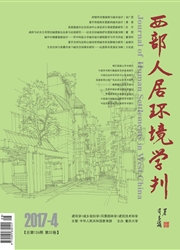

 中文摘要:
中文摘要:
以先泰至明清时期西南地区城镇分布的时空地理关系为研究对象,结合对相关历史文献、考古资料与堪舆图典的分析,从山川形胜、资源分布、交通区位、政治经略、战争部署、民族迁徙等六个方面评析了云、贵、川、渝四地城镇格局的演化过程与动力机制。在此基础上,进一步总结了历史地理因素作用下西南地区城镇分布的总体规律,以期深化人们对当前西南城镇群空间结构的解读。
 英文摘要:
英文摘要:
Focusing on the structural relationship and the evolution process of the urban system in Southwest China from Pre-Qin to Ming-Qing Dynasties, and with archaeological findings, historical literatures and maps, this article analyzes the causal links between urban distribution, historical morphology and dynamic mechanism through six aspects of geography, resources, transportation, politics, war and minority. Based on this, the paper summarizes the general rules of the urban distribution in Southwest China under the influence of historical and geographical impact, with a view to enriching the understanding of the present spatial structure of this area' s urban agglomeration.
 同期刊论文项目
同期刊论文项目
 同项目期刊论文
同项目期刊论文
 期刊信息
期刊信息
